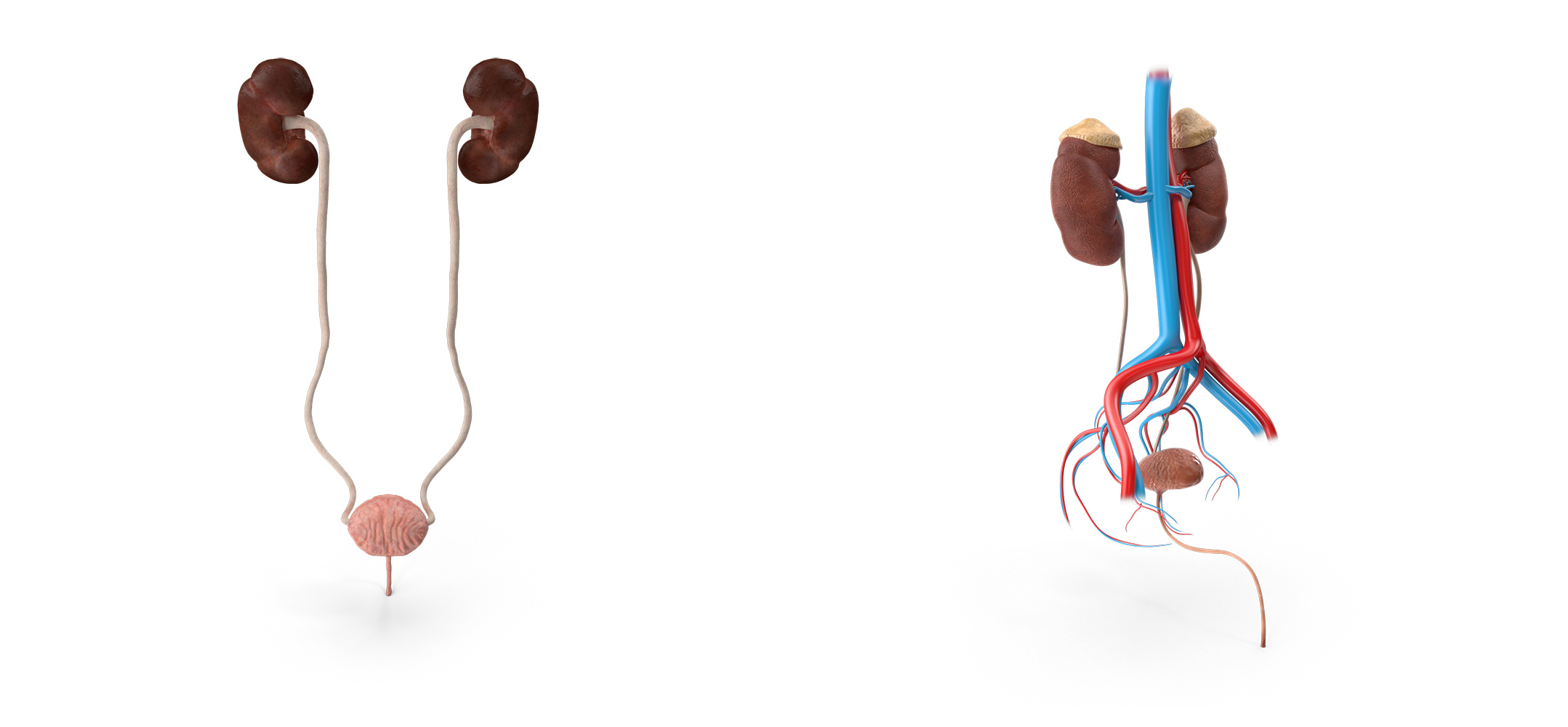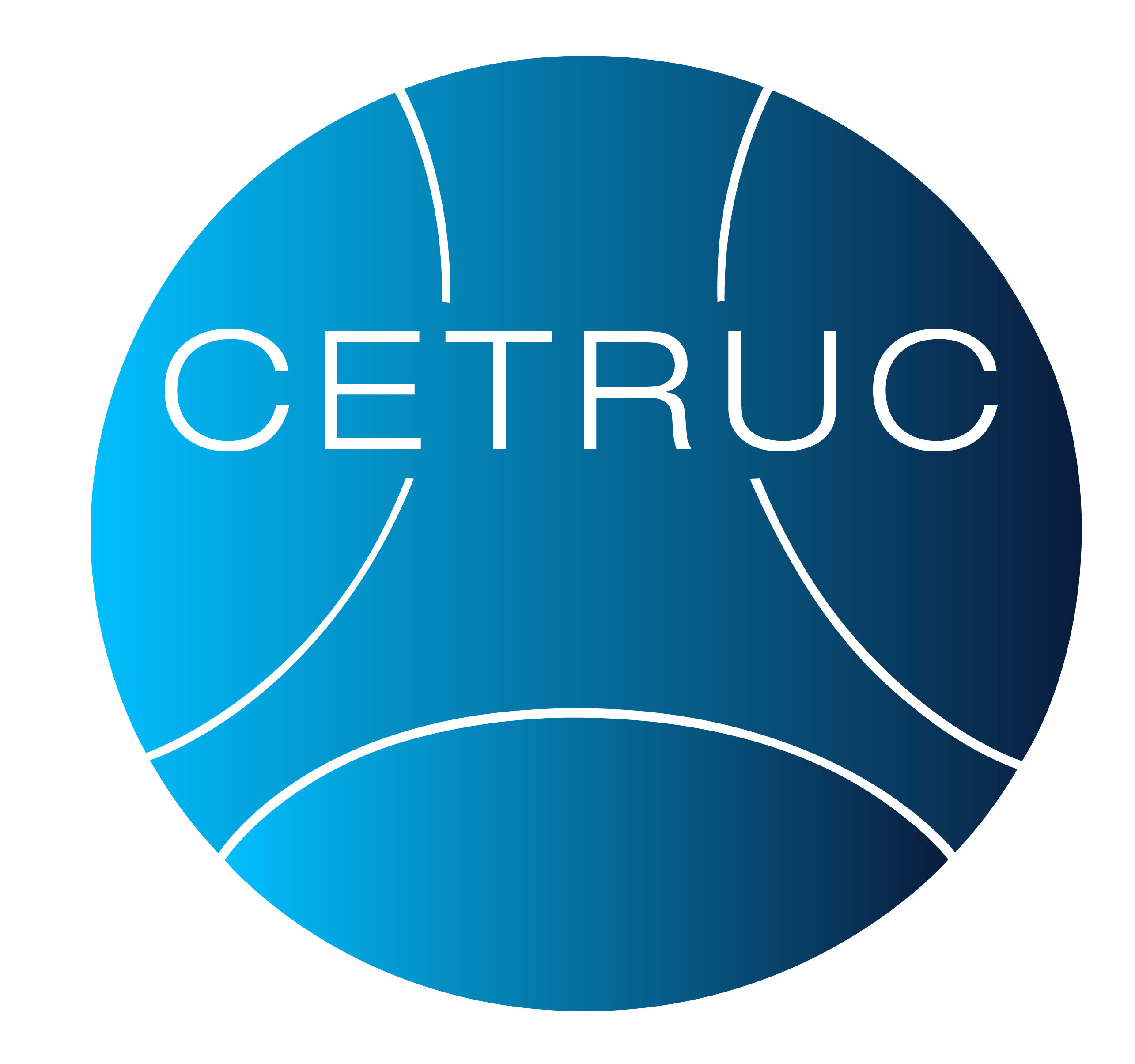Pelvic Floor Rehabilitation and Physiotherapy
Treatment
Procedure
FAQS
Treatment

Pelvic rehabilitation is a specialty within physical therapy that incorporates specific principles and interventions to help treat various conditions of the pelvis, including functional disorders of the urogynecological and colorectal systems.
Procedure
Your treatment may consist of the following:
Manual therapy, often performed internally by your physical therapist, to relax the pelvic floor muscles and relieve trigger points
- Exercises to relax or contract the muscles of your pelvic floor, such as Kegels
- Biofeedback, with the use of a sensor pressure probe that is inserted into your vagina or rectum, to sense the strength of contractions of the pelvic floor muscles to help you be aware of when you are contracting or relaxing these muscles
- Electrical stimulation to help elicit pelvic floor muscle activation
- Vaginal dilators, cylindrical objects of varying widths that are inserted into the vagina to gently stretch the pelvic floor muscles and allow them to relax with insertion weighted cones, which can be inserted into the vagina or rectum, and used during contraction exercises to provide increased resistance
FAQS
Pelvic muscle rehabilitation can successfully treat urinary incontinence, pelvic organ prolapse, and other conditions in which pelvic floor muscles have been stretched, damaged or are not working properly. Issues affecting the muscles surrounding the pelvic floor are actually quite common.

